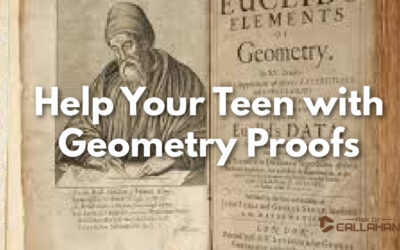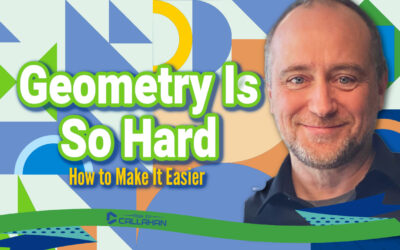How Ancient Problems Built the Math We Use Today
“Why do we even need to learn this?”
Every homeschool parent has heard it. Every student has said it.
But few realize that math wasn’t invented in a classroom — it was built out of necessity.
From flooded farms to sailing ships to rockets, every major math idea began with a real human problem.
Let’s walk through where algebra, geometry, and calculus came from — and why they still matter today.
Geometry: The First Problem—Measuring the World
Long before anyone had calculators, the Egyptians faced a simple but frustrating problem:
every year, the Nile River flooded and erased property lines.
To keep peace between neighbors, Egyptian surveyors (called harpedonaptae) used ropes with evenly spaced knots to measure boundaries. They discovered that if one side of the rope was 3 units, another 4, and the diagonal 5, it formed a perfect right angle — the famous 3-4-5 triangle.
That was geometry’s birth.
It literally means “earth measurement.”
Centuries later, Euclid in Greece (around 300 BC) organized geometry into logic and proof in The Elements.
He transformed it from a tool for builders into a science of reasoning.
We still use his approach today every time we “prove” that two triangles are congruent.
Algebra: The Search for the Unknown
Around 1800 BC, Babylonian merchants wrote problems like this on clay tablets:
“I have added one-third of my number and four to make ten. What is my number?”
That’s algebra. They didn’t use symbols yet, but they were solving for what they didn’t know — for x.
A thousand years later, the Islamic world carried math to a whole new level. In Baghdad, during the Islamic Golden Age, scholars built the House of Wisdom, a center for science and translation. There, a Persian mathematician named Muḥammad ibn Mūsā al-Khwārizmī wrote a book called Al-Kitāb al-Mukhtaṣar fī Ḥisāb al-Jabr wal-Muqābala.
The key word al-jabr (pronounced al-JAH-br) means “reunion” or “restoration” — and it’s where we get algebra.
His name also gives us another modern word: algorithm.
Al-Khwārizmī’s work organized ways to solve real problems — inheritance, land division, and construction.
Algebra became the universal language of relationships and patterns.
From Renaissance to Revolution
Fast forward to 1600 AD.
Artists, sailors, and scientists were all searching for better ways to describe the world. René Descartes invented the Cartesian coordinate system — the x-y grid we still use. He joined algebra and geometry, allowing people to draw equations and measure curves.
That one move connected the visual world to the symbolic world — setting the stage for calculus.
Calculus: Understanding Change
By the 1600s, scientists could describe where things were — but not how they changed.
They needed to know:
- How fast a ball falls.
- How planets move through space.
- How much area lies under a curve.
That led to calculus, developed independently by Isaac Newton in England and Gottfried Wilhelm Leibniz in Germany.
Calculus let us model motion, speed, and growth — the mathematics of change.
It became the foundation of modern physics, engineering, and technology.
Today, everything from bridge design to video game animation depends on calculus.
From Ropes to Rockets
Every branch of math began as a way to solve a real-world problem:
- Geometry: How do we measure the land?
- Algebra: How do we find the unknown?
- Calculus: How do we describe motion and change?
So when your student asks, “Why do we have to learn this?” you can answer honestly:
Because math is the story of human problem-solving — and that story isn’t finished yet.
FREE Resources Just for You
How AI Can Help You Build Your Own College Degree (Even in High School)
📚 FREE Resources – download our 5 free PDF resources we developed just for you.
👉 Download the free DIY College Education with AI guide. See the video explanation here.






